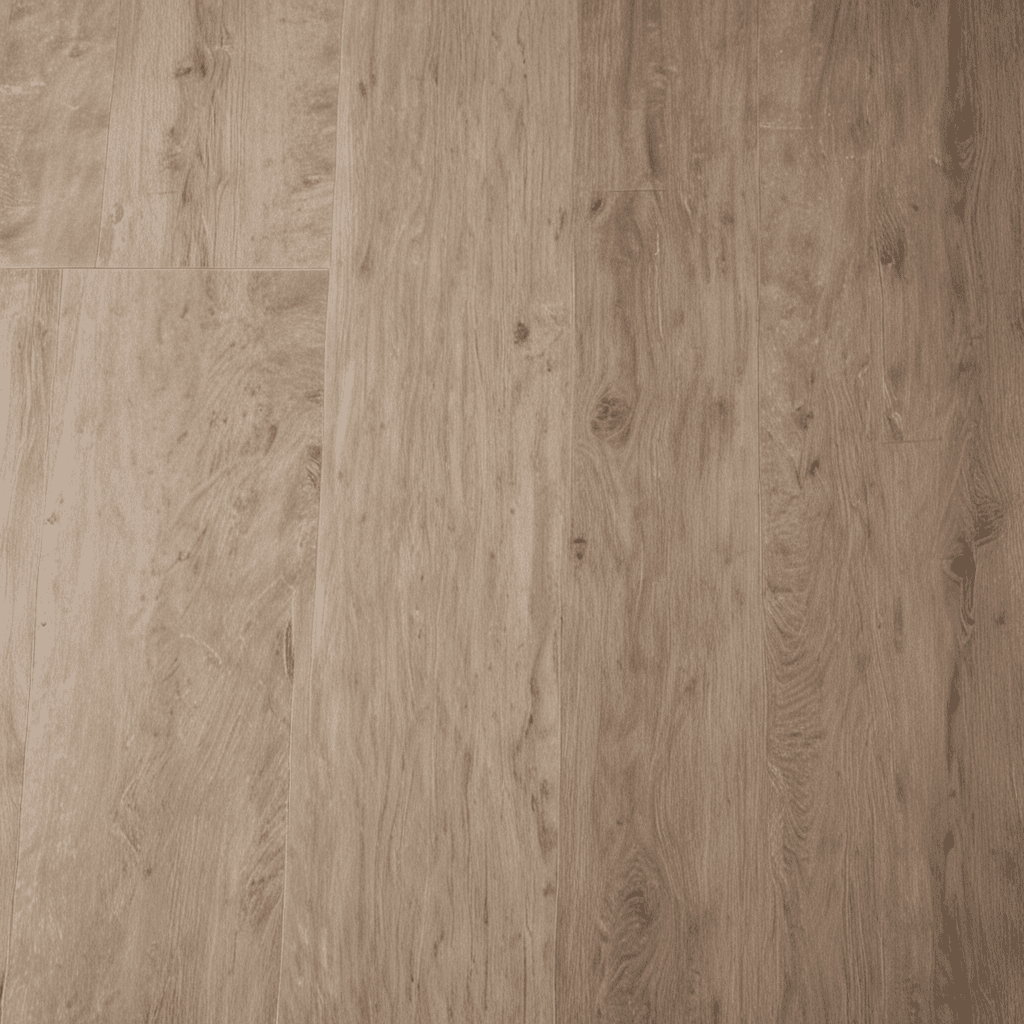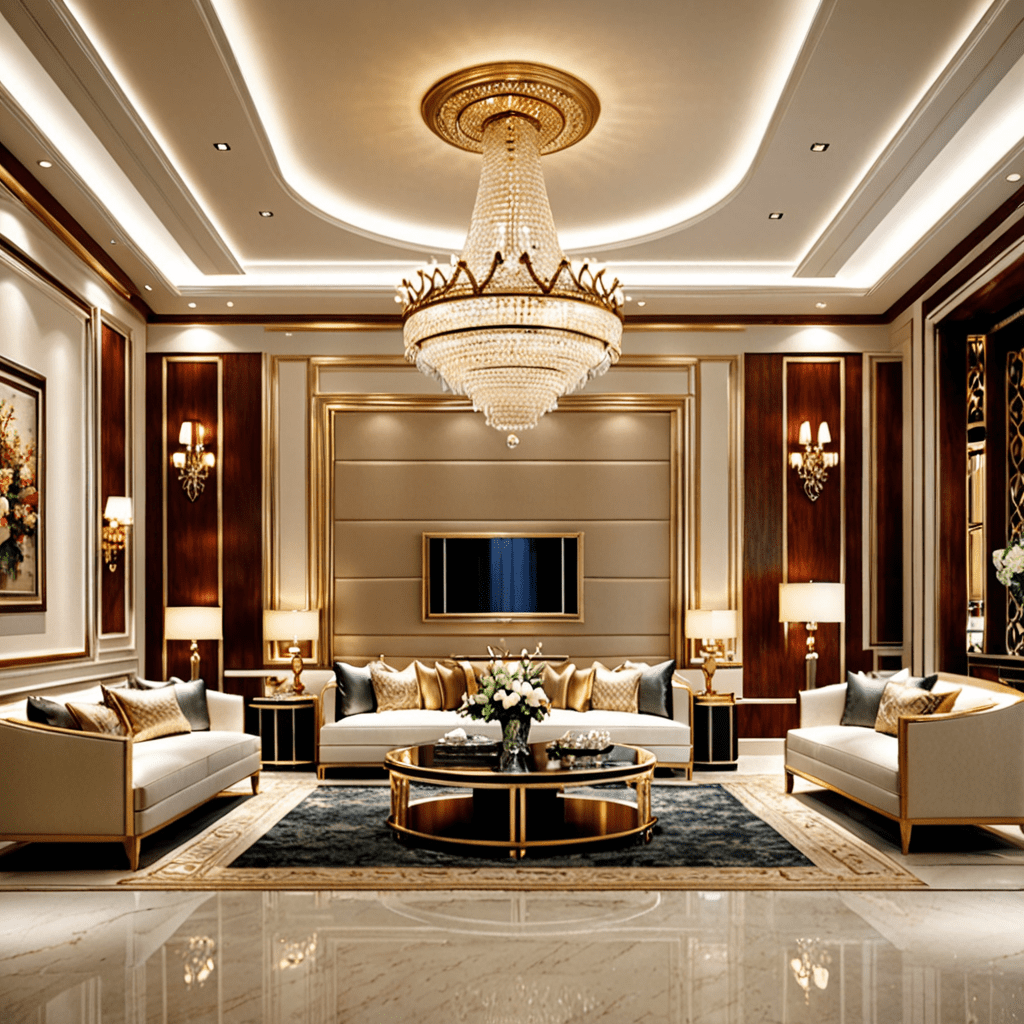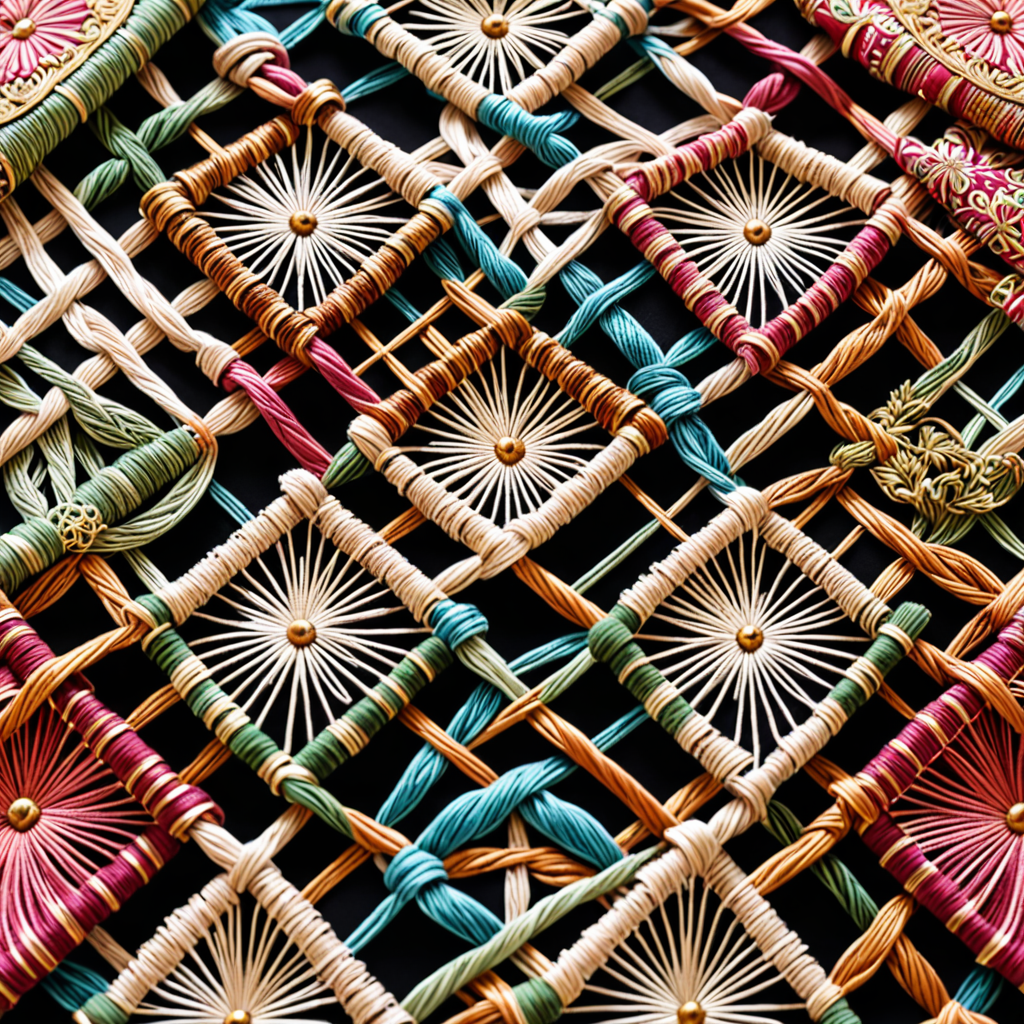Elevated Dining Room Design Ideas
Introduction
Creating a comfortable and aesthetically pleasing living space is essential for anyone looking to truly enjoy their home. One key aspect of achieving this is through interior design. Interior design involves the art and science of enhancing the interior of a space to create a visually appealing and functional environment. It encompasses various elements, including color palettes, furniture arrangement, lighting, and accessories. In this article, we will explore some key elements of interior design and provide tips and ideas for choosing furniture and incorporating art and decor to elevate your dining room design.
Key Elements
Colors and Patterns
Color palettes play a crucial role in setting the tone and mood of a dining room. Warm and vibrant colors like red, orange, and yellow can create a lively and energetic atmosphere, while cool and neutral colors like blue, green, and gray can evoke a sense of calm and relaxation. It’s important to consider the size and natural lighting of the dining room when choosing colors. Additionally, patterns can add interest and texture to the space. Mixing patterns, such as floral and geometric, can create a visually dynamic look.
Furniture Arrangement
Proper furniture arrangement is essential in creating a functional and visually appealing dining room. Start by considering the size and shape of the room. For smaller spaces, consider round or oval tables as they take up less space and promote better flow. In larger spaces, rectangular or square tables can create a more substantial presence. Ensure there is enough space for comfortable movement around the table, approximately 36 inches between the table and walls or other furniture. Additionally, consider the height and style of the chairs, ensuring they complement the table and provide adequate comfort for extended periods of sitting.
Lighting
Lighting sets the mood and enhances the overall ambiance of a dining room. Incorporate a combination of ambient, task, and accent lighting to create depth and interest. Chandeliers or pendant lights above the dining table can serve as a focal point while providing ample illumination for dining. Wall sconces or recessed lighting can provide ambient lighting, while strategically placed table lamps can offer task lighting for activities like reading or playing games. Dimmer switches are also a great addition to adjust the lighting intensity based on the occasion and mood.
Accessories and Decor
Accessories and decor are the finishing touches that can truly elevate the dining room design. Consider incorporating elements like table runners, placemats, and napkins to add pops of color and texture. Centerpieces, such as vases with fresh flowers or decorative bowls filled with fruits, can create a sense of elegance and sophistication. Wall art and mirrors can serve as statement pieces, adding visual interest and reflecting light to make the space appear larger. Incorporating plants or indoor greenery can bring life and freshness to the dining room.
Tips for Choosing Furniture
Choosing the right furniture is crucial to create a cohesive and visually pleasing dining room design. Here are some tips to keep in mind:
Consider the size of the room and the number of people you typically accommodate. Choose a dining table that can comfortably fit all guests without overcrowding the space.
- Subtip: If you have limited space, consider extendable tables or drop-leaf tables that can be expanded when needed and folded back when not in use.
Determine your preferred style. Whether you prefer a modern, contemporary, rustic, or traditional aesthetic, choose furniture pieces that reflect your personal style and complement the overall design of the room.
Pay attention to the materials and finishes of the furniture. Opt for durable materials that are easy to clean and maintain, especially in high-traffic areas. Consider the finishes and how they will blend with the other elements in the room.
Don’t forget about comfort. Choose dining chairs that provide appropriate support and cushioning for your guests, ensuring they can comfortably enjoy their meals and conversations.
If space allows, consider adding a sideboard or buffet to provide additional storage and serving space. These pieces can also serve as decorative elements, allowing you to display curated collections or decorative items.
Incorporating Art and Decor
Art and decor can be powerful elements in enhancing the ambiance and style of a dining room. Here are some ideas to consider:
Hang a statement piece of art above the dining table. This can be a large painting, a collection of framed photographs, or a sculptural piece that adds visual interest and serves as a conversation starter.
- Subidea: For a more eclectic look, consider creating a gallery wall with a mix of artwork and photographs in various sizes and frames.
Incorporate a mirror into the design. Mirrors not only reflect light and make the space appear larger, but they can also add a touch of elegance and sophistication when framed appropriately.
Display a collection of decorative plates or dishes on the walls. This can be a mix of antique plates, artisanal pieces, or even colorful patterned plates that add texture and visual appeal.
Consider adding a rug under the dining table. A rug can anchor the space, define the dining area, and add warmth and comfort. Ensure the size of the rug is large enough to accommodate the dining chairs when they are pulled out.
Don’t forget about the power of plants. Adding greenery to your dining room can bring life and freshness to the space. Choose low-maintenance plants or consider a vertical garden for a unique and eye-catching display.
In conclusion, interior design plays a vital role in creating a comfortable and visually appealing dining room. By considering key elements such as color palettes, furniture arrangement, lighting, and accessories, you can transform your dining room into an elevated space that reflects your personal style and enhances your dining experience. Remember to choose furniture pieces that are both functional and stylish, and incorporate art and decor that add personality and visual interest. With these tips and ideas, you’ll be well on your way to creating a dining room design that you and your guests will love.





